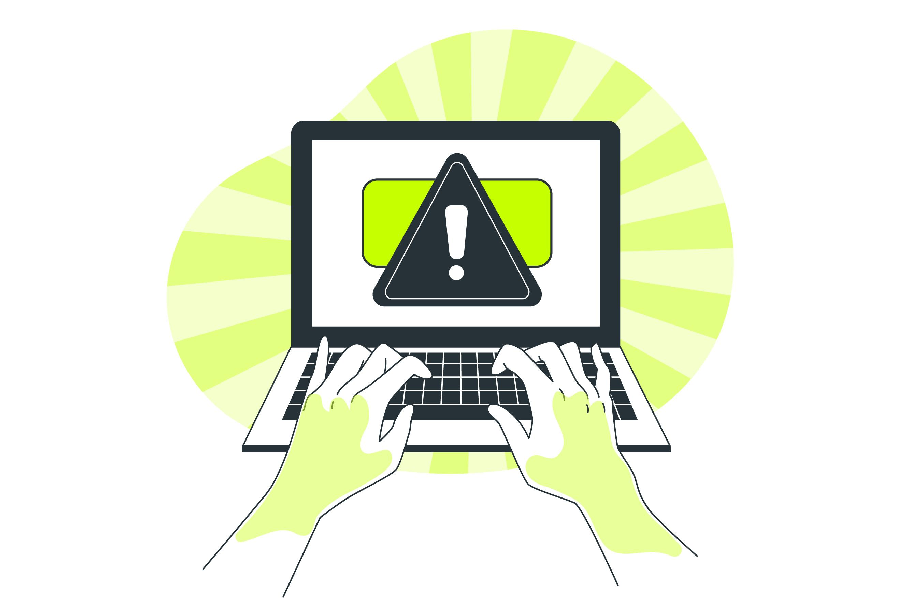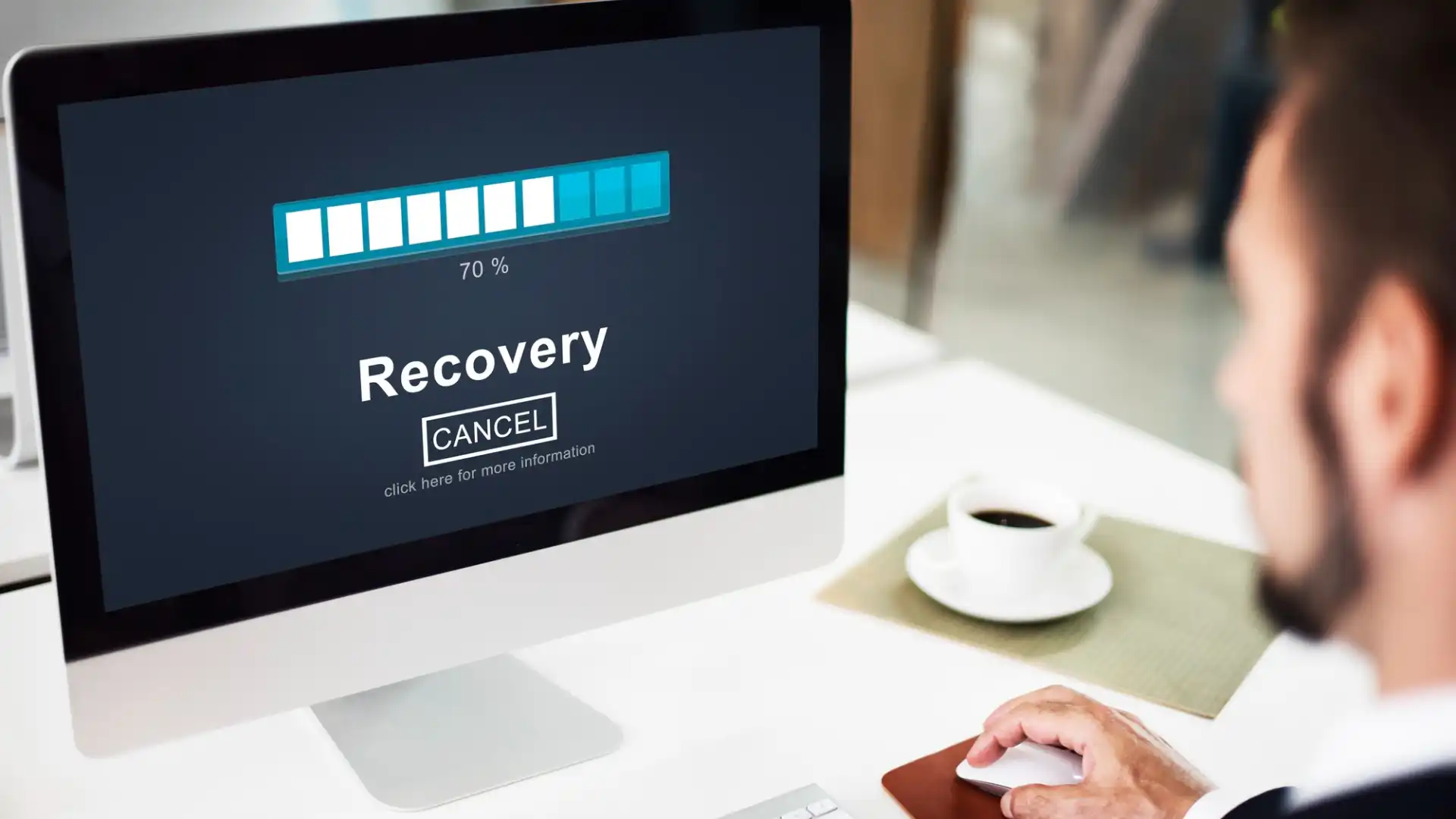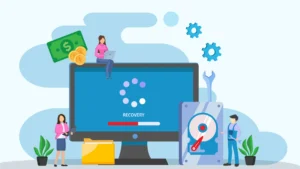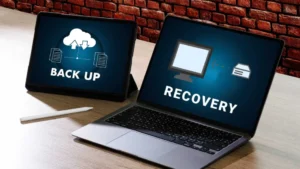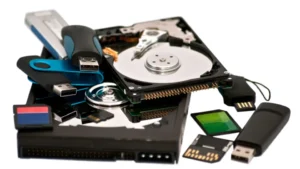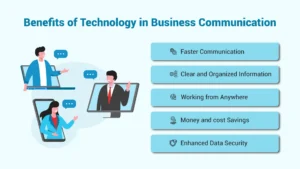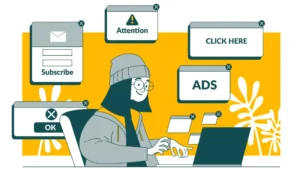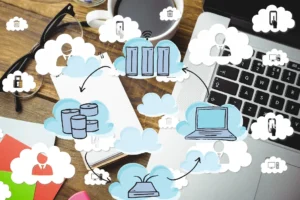Social media was a buzz today, because Facebook, Instagram and WhatsApp were down. You might have been one of the people who didn’t miss it at all, or your business might rely on these platforms to reach their clients.
International businesses use WhatsApp for calls. Retailers will use Facebook to get orders for their products. Instagram allows new clients to learn about the latest fashions and order items for their closet.
Thinking About the “What Ifs”
Seeing all the comments around the other social media platforms got me thinking about the “What ifs”… What if our critical network goes down? What if Mother Nature rips off our roof and floods our computers? When these things happen, companies must rely on their Disaster Recovery Plan (DRP).
What is a Disaster Recovery Plan (DRP)?
A DRP is a set of instructions that explain how to respond to an unplanned incident that affects a business’s IT infrastructure in order to resume work as quickly as possible. Back at my first job, we called it the “Flying Crap Manual” because normally a fan and bodily fluids were involved if we were using it.
But it gave a road map of what systems were critical, how to get them back up and operating at a minimal level in order to restore business. It was a system that we tested regularly, like our school systems practices fire or tornado drills.
Just like those drills, we practiced in hopes that we will never need the information…kind of like my stand on keeping my CPR training up to date…I’m ready if I need it but pray daily that I never will.
This is just the beginning. Read our next article for the complete picture.
Getting Started with a DRP: Key Pointers
If you don’t have a DRP, we would like to help you get started with some pointers:
1. Understand the Priorities
What are the concerns of the owner and upper-level organization? You might think that a department is low priority, but the owner might feel differently. Before an emergency, make sure everyone is on the same page with the priorities.
2. Check Compliance Requirements
Do you have any compliance requirements placed on you by an external organization? The first one that comes to mind is normally HIPAA when it comes to medical or private personal information, but this could also include compliance issues related to real estate transactions, law, or accounting offices.
Make sure your plan includes ways to keep you and your data within the requirements.
3. Assess Systems at Risk
What systems are most at risk and how can you lower it? One of the main features of a DRP is to reduce the risk within an organization. So, by assessing the systems most at risk, you can look at ways to reduce that risk.
4. Regular System Maintenance
Is your system having regular maintenance? Just like changing the oil on a regular basis helps keep your vehicle running smoothly, your IT system needs regular maintenance.
A managed service can often prevent hardware failure before it happens, because no one likes a blown tire in the middle of a snowstorm.
5. Define Acceptable Downtime
How much downtime is acceptable before the DRP kicks in? In some cases, your webhosting might crash, and your website is down for a couple of hours.
Maybe Comcast cuts a line, and your Internet is down for the afternoon. Look at your systems and decide where the line is to be declaring this is a disaster vs just a sucky day.
6. Backup Confidence Check
How confident are you in your backups? Make sure you take an assessment of your backups. You will want to verify what information is being backed up, where it is stored, and how to get it restored from the backup.
Know how often a backup is done and look at each type of data being stored and determine how much of that data you can afford to lose. Remember if you do daily backups, which means any data modified since the last backup is lost.
7. Identify External Dependencies
Who or what part of this is out of your control? For an IT system to work, we must rely on hardware, software, and connectivity. Examine your system and see if any of those factors are controlled by someone else. If so, do you have a Plan B if they are hit by a disaster?
8. Training and Updating the DRP
Who needs to know this plan, how will they be trained, and how will be responsible for revising this manual? Just like any SOP (Standard Operating Procedures) within a business, a DRP is a “living document”, meaning it needs to grow, change, and adapt as your business grows, changes, and adapts.
Many companies didn’t have a DRP for a Global Pandemic because they never expected it to happen. When you were a solo-preneur working out of your home office, your recovery plan wasn’t as detailed as it is now that you’re employing 100’s employees.
Final Thoughts
This all can seem very overwhelming, but don’t fear. Techno Advantage is here to advise and walk you through all these questions. We can guild you through the scary parts and make sure you and your IT needs are ready to weather any storm. Set up an appointment today, and so you’re prepared to tell Mother Nature “Not today!”.

